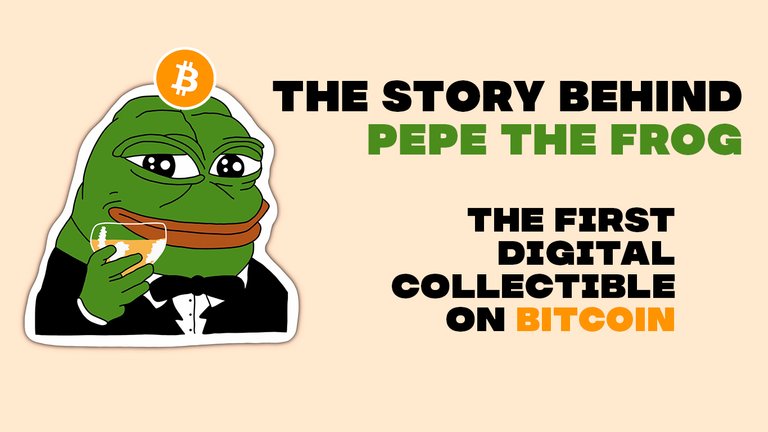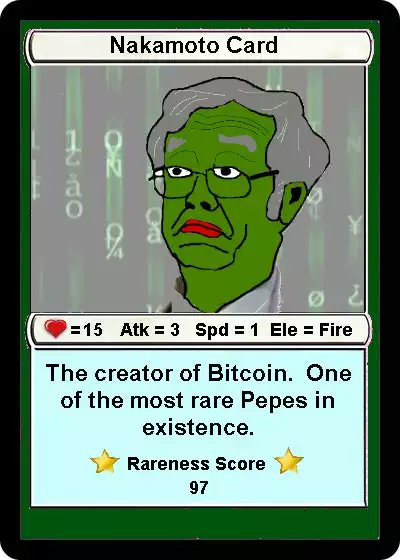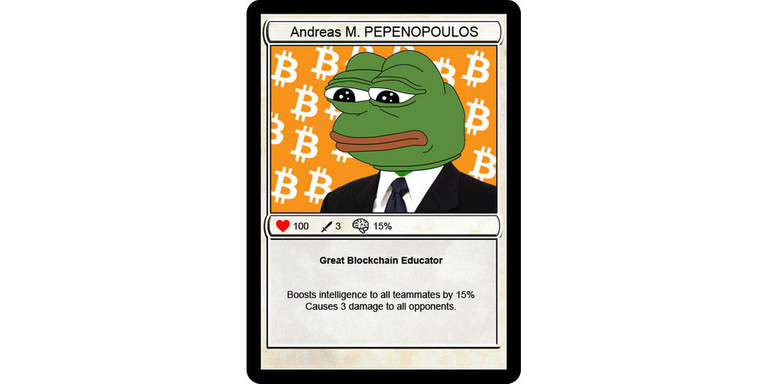
For some years now, NFTs (non-fungible tokens) have become a very popular trend in the cryptocurrency world. They are unique and unrepeatable digital assets that can be used to represent anything from artwork to music and videos. However, did you know that NFTs are not a recent invention? In fact, one of the first non-fungible Bitcoin tokens was the Rare Pepe.
The Rare Pepe is an illustration of the character "Pepe, the frog", created in 2005 by American cartoonist Matt Furie. Rare Pepe became one of the first non-fungible Bitcoin tokens in 2016, when it became part of popular bitcoiner culture. At that time, Pepes began to be traded on sites such as eBay, and then moved to blockchains.

The Counterparty protocol was the one that gave the Rare Pepe cards a place as Bitcoin NFTs. In total, some 1,774 cards were created in 26 sets, a project carried out by multiple artists, including the father of the whole thing, Matt Furie himself. Rare Pepe cards are characterised as digital collectible cards, much like those used in games such as Yu-Gi-Oh! Although Rare Pepe are not the most popular NFTs on the market, some of their cards are historic and have fetched very high prices along time, and now the furr of these collectibles have come back to life with the BRC-20 and Ordinal protocol.

Among the first cards created by Mark, one of the artists involved in the project, were the "Nakamoto Card", which alludes to the creator of Bitcoin, the "Gox Euphoria", which refers to one of the most popular exchanges of the moment, and the "Shitcoin Card", which talked about speculation with low-value coins. Although Rare Pepe are not the most popular NFTs on the market, they have the historical context in their favour, like being one of the first digital collectibles to be traded in major markets and changing the game for smaller and emerging artists at that time.
As some of the first tradable internet memes and the first NFTs in the history of cryptocurrencies, they have the potential to become very important pieces over the years. In addition, their rarity and context can influence the value they achieve in the market as they become known and are passed from collector to collector.
In conclusion, Rare Pepe are an important part of the history of NFTs and cryptocurrency culture. Their popularity is largely due to their rarity, exclusivity and historical context. Although they are not the most popular NFTs on the market, Rare Pepe cards can be considered collectible and valuable pieces for those interested in the history of digital assets. Have you collected any yet? Let me know in the comment box 🐸

Banner made in Canva
Main image made in Adobe Photoshop
